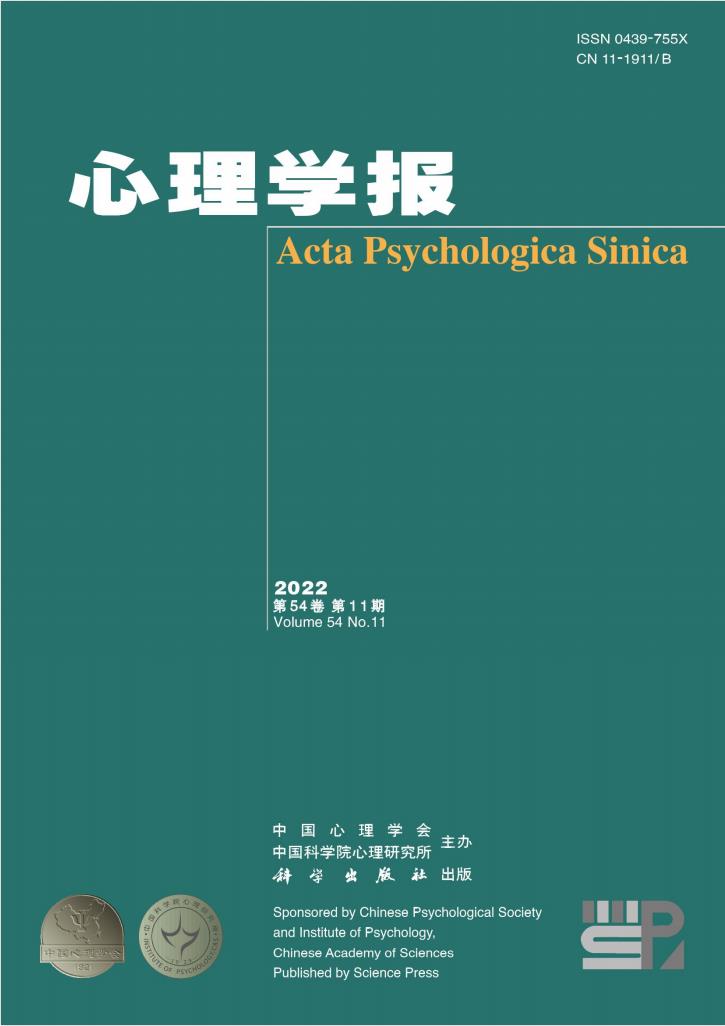长期戒断海洛因依赖者脑冲动性相关区域的结构和功能特征
IF 1.3
4区 心理学
Q3 PSYCHOLOGY, MULTIDISCIPLINARY
引用次数: 0
摘要
平均停药后44个月,损伤程度与终身剂量相关。(1) 与健康对照组相比,海洛因组显著(a)灰质体积(p=0.03)和全脑体积(p=0.05)降低;(b) 右额上回下部灰质(p<0.01);(c) 眶额皮质右中央后回的区域均匀性较高,而右额中回的区域均一性较低(p AlphaSim<0.01);(d) 眶额皮质右额下回和左海马低频波动幅度较低(p<0.01);(e) 眶额皮质右额下回与右尾状核之间的功能连接较高,而右额下回与右颞中回以及左中央前回之间的功能联系较低(p AlphaSim<0.01),结果表明,与健康对照组相比,海洛因成瘾者在平均戒药44个月后,大脑结构和冲动相关功能均受到显著损害。此外,损害程度与海洛因的终生剂量有关。这些结果表明,即使在戒了几年之后,海洛因成瘾者也可能继续表现出冲动行为,这也许解释了这一人群的高复发率。未来的研究可以通过检查与抑制相关的大脑损伤与禁欲一段时间后冲动的行为测量之间的相关性来检验这一结论。目前的证据强调,在海洛因成瘾者的复发预防计划中,需要考虑冲动。本文章由计算机程序翻译,如有差异,请以英文原文为准。
Structural and functional characteristics of impulsive-related brain regions in heroin addicts with long-term withdrawal
average of 44 months after withdrawal, and the extent of damage was correlated with lifetime dose. (1) Compared to the healthy control group, the heroin group had significantly (a) lower gray matter volume ( p = 0.03) and lower whole-brain volume ( p = 0.05); (b) lower gray matter in the right superior frontal gyrus ( p AlphaSim < 0.01); (c) higher regional homogeneity in right posterior central gyrus and lower regional homogeneity in right middle frontal gyrus of the orbitofrontal cortex ( p AlphaSim < 0.01); (d) lower amplitude of low-frequency fluctuation in right inferior frontal gyrus of the orbitofrontal cortex and left hippocampus ( p AlphaSim < 0.01); (e) higher functional connectivity between right inferior frontal gyrus of the orbitofrontal cortex and the right caudate, and lower functional connectivity between the right inferior frontal gyrus and right middle temporal gyrus as well left precentral gyrus ( p AlphaSim < 0.01). (2) Within the heroin group, higher lifetime dose of heroin was significantly associated with lower gray matter volume in the right middle temporal gyrus and left middle cingulate ( p AlphaSim < 0.01). The results showed that compared to healthy controls, heroin addicts had significant damage in brain structure and functions related to impulsivity even after an average period of 44 months of abstinence. In addition, the extent of damage was correlated with the lifetime dose of heroin. These results suggest that heroin addicts could continue to show impulsive behavior even after several years of abstinence, perhaps explaining the high rate of relapse in this population. Future research could test this conclusion by examining correlations between brain damage in areas related to inhibition and behavioral measures of impulsivity after a period of abstinence. The current evidence underscores the need to take impulsivity into account in relapse prevention programs for heroin addicts.
求助全文
通过发布文献求助,成功后即可免费获取论文全文。
去求助
来源期刊

心理学报
Psychology-Psychology (all)
CiteScore
1.70
自引率
13.30%
发文量
1612
期刊介绍:
Acta Psychologica Sinica (ISSN 0439-755X) is a scholarly journal sponsored by the Chinese Psychological Society and the Institute of Psychology, Chinese Academy of Sciences, and published monthly by the Science Press.
Acta Psychologica Sinica has been included in many important national and international indexing systems such as SCOPUS (Elsevier), ESCI (Web of Science), PsycINFO (APA), CSCD. It is the flagship journal of the Chinese Psychological Society that publishes peer-reviewed original empirical studies and theoretical articles spanning the entire spectrum of scientific psychology.
Acta Psychologica Sinica publishes high-quality research that investigates the fundamental mechanisms of mind and behavior and aims to deliver scientific knowledge to enhance our understanding of culture and society. It welcomes submissions of manuscripts reporting research that is up-to-date, scientifically excellent, and of broad interest and significance.
 求助内容:
求助内容: 应助结果提醒方式:
应助结果提醒方式:


